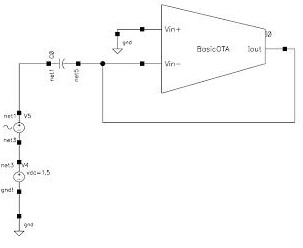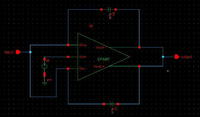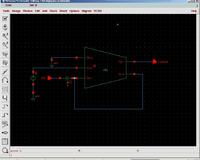bhl777
Full Member level 6
Hi guys, I have two questions about the transfering two inputs to one inputs of the Op Amp and I hope someone can help me a lot.
1.As the first attachment, the input is a charge and the output is the Voltage and its peak value is Q/C.Now I have a fully differential Op Amp and it has 2 inputs and 2 outputs, how can I connect the Op Amp to the capacitor?

2.As the second attachment,this is a highpass Gm-C filter and the OTA has 2 inputs and 1 output. Now if we have an OTA with 2 inputs and 2 outputs(fully differential), how can I connect the two outputs in order to get the same effect?

Thank you so much guys!
1.As the first attachment, the input is a charge and the output is the Voltage and its peak value is Q/C.Now I have a fully differential Op Amp and it has 2 inputs and 2 outputs, how can I connect the Op Amp to the capacitor?

2.As the second attachment,this is a highpass Gm-C filter and the OTA has 2 inputs and 1 output. Now if we have an OTA with 2 inputs and 2 outputs(fully differential), how can I connect the two outputs in order to get the same effect?

Thank you so much guys!

